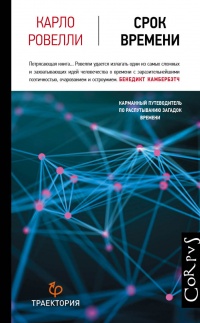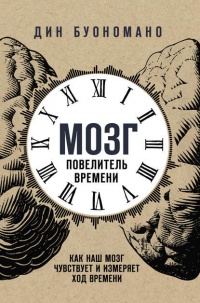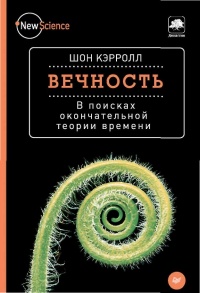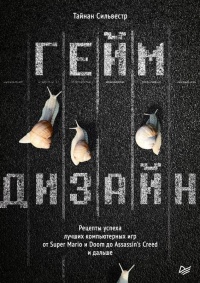Книга Куда летит время. Увлекательное исследование о природе времени - Алан Бёрдик
На нашем литературном портале можно бесплатно читать книгу Куда летит время. Увлекательное исследование о природе времени - Алан Бёрдик полная версия. Жанр: Книги / Домашняя. Онлайн библиотека дает возможность прочитать весь текст произведения на мобильном телефоне или десктопе даже без регистрации и СМС подтверждения на нашем сайте онлайн книг knizki.com.
Шрифт:
-
+
Интервал:
-
+
Закладка:
Сделать
Перейти на страницу:
Перейти на страницу:
Внимание!
Сайт сохраняет куки вашего браузера. Вы сможете в любой момент сделать закладку и продолжить прочтение книги «Куда летит время. Увлекательное исследование о природе времени - Алан Бёрдик», после закрытия браузера.
Книги схожие с книгой «Куда летит время. Увлекательное исследование о природе времени - Алан Бёрдик» от автора - Алан Бёрдик:
Комментарии и отзывы (0) к книге "Куда летит время. Увлекательное исследование о природе времени - Алан Бёрдик"
























